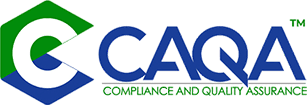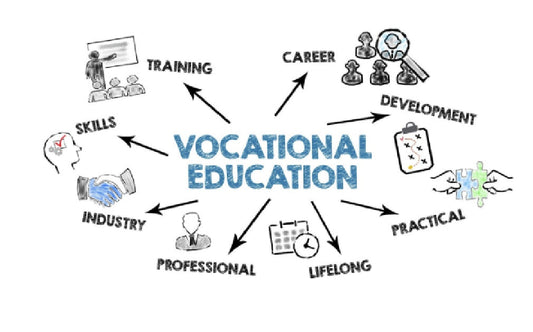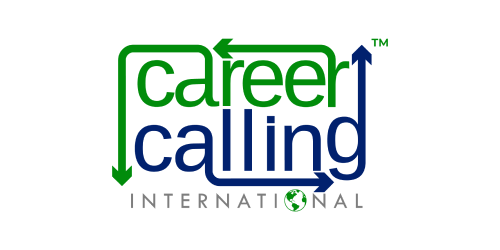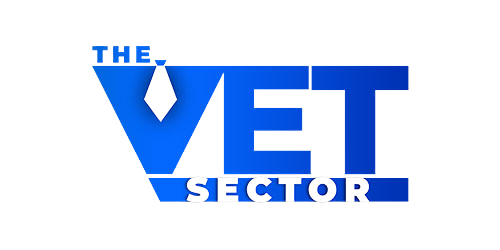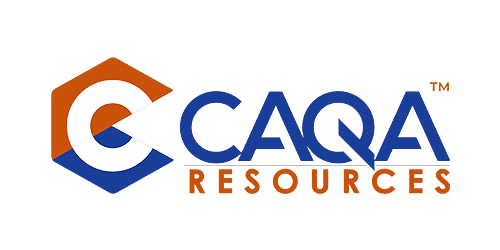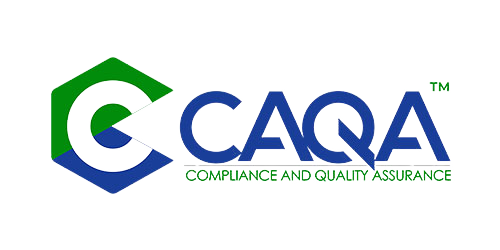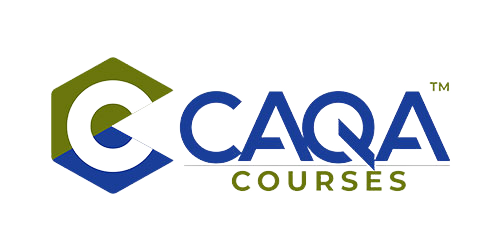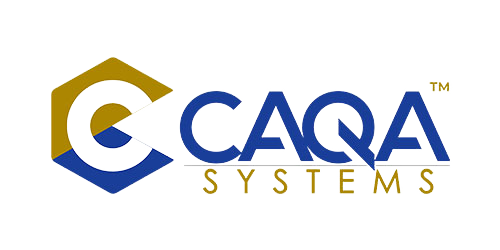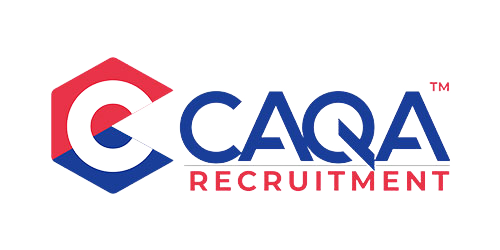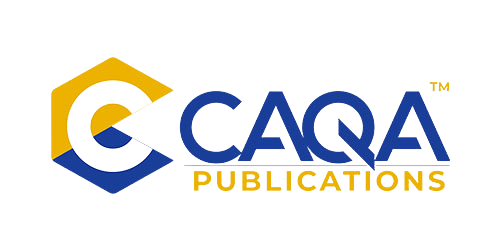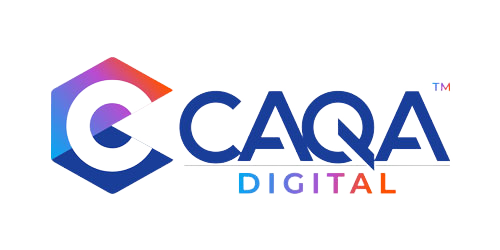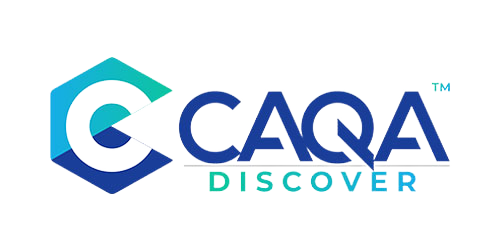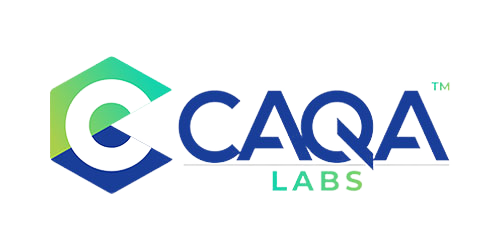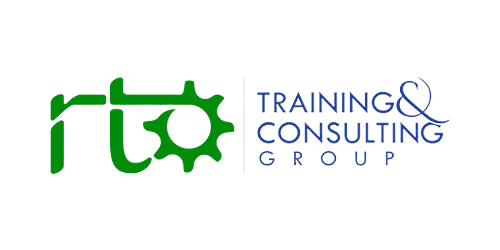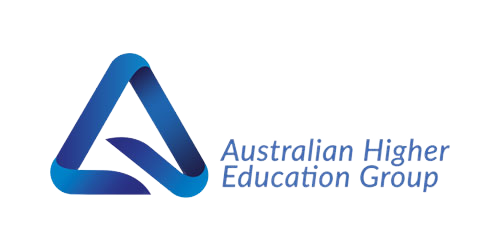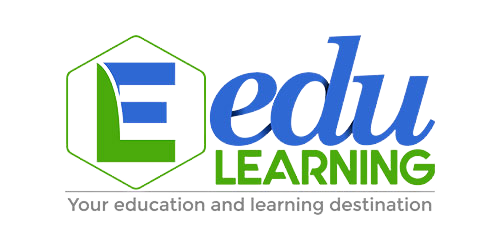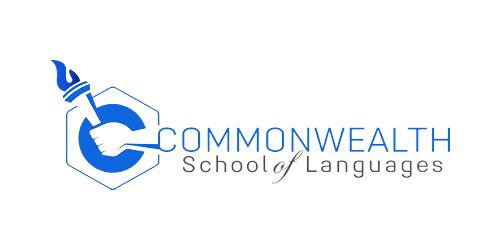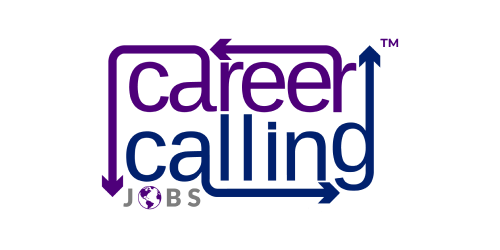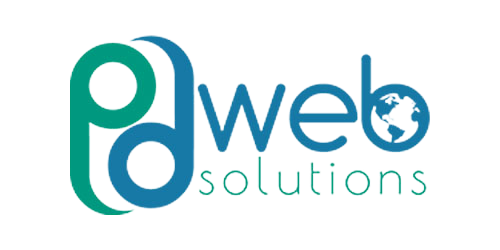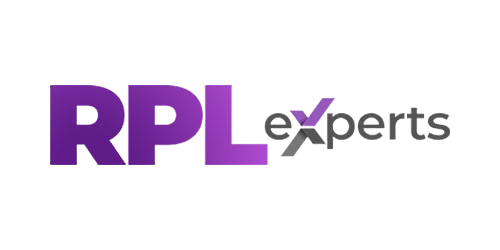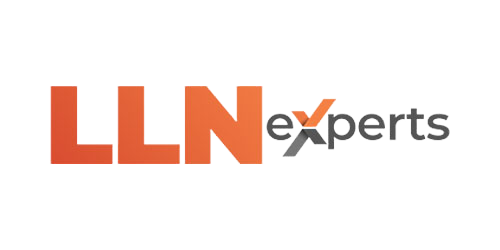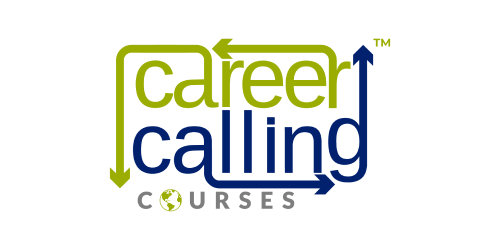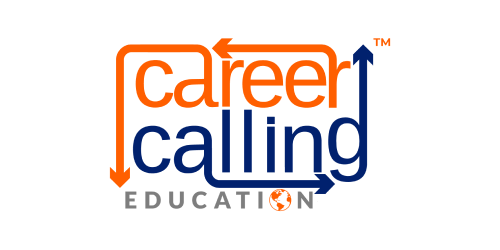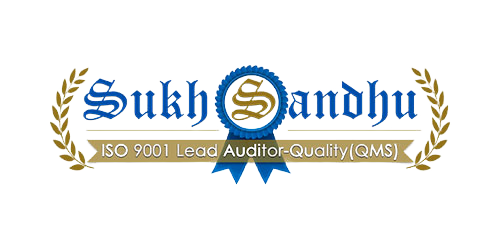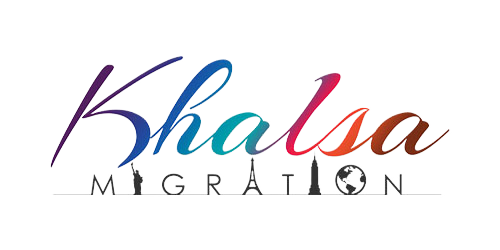The Theory-Practice Divide: Why Classroom Learning Isn't Enough
Vocational Education and Training (VET) has always prided itself on its practical focus, equipping learners with the skills and knowledge needed for real-world work environments. However, the traditional model of classroom-based learning, while providing a foundational understanding, often falls short in bridging the crucial gap between theory and practice. Even the most well-designed simulations and workshop activities cannot fully replicate the complexity, unpredictability, and social dynamics of authentic workplace environments. This disconnect can result in graduates who possess theoretical knowledge but struggle to apply it effectively in real work situations, creating a challenging transition from education to employment that undermines the core purpose of vocational training.
Work-integrated learning (WIL) addresses this fundamental challenge by offering a transformative approach that immerses learners in authentic workplace experiences, effectively blurring the lines between education and employment. Rather than treating workplace exposure as an optional add-on or brief conclusion to primarily classroom-based training, WIL positions real work environments as essential learning contexts where theory and practice converge through meaningful participation in workplace activities. This integration encompasses a range of structured activities, including internships, apprenticeships, industry placements, cooperative education programs, and industry-based projects—all designed to provide learners with hands-on experience, industry connections, and a deeper understanding of workplace cultures and practices within their chosen field.
The significance of WIL extends beyond simply adding practical components to training programs. It represents a fundamental shift in how vocational education conceptualises skill development—recognising that technical competencies are inseparable from the contexts in which they're applied, the relationships that support their development, and the professional identity formation that occurs through authentic workplace participation. By embracing the full potential of Work-Integrated Learning, VET institutions can significantly enhance the quality and relevance of their programs, improve graduate employability, and strengthen their partnerships with industry stakeholders who increasingly seek work-ready graduates capable of contributing from day one.
The Multifaceted Benefits of Authentic Workplace Learning
The benefits of well-designed Work-Integrated Learning extend to all stakeholders in the vocational education ecosystem, creating value for learners, employers, training providers, and the broader economy through multiple interconnected mechanisms.
For Learners: Transformative Professional Development
For learners, WIL provides invaluable opportunities to apply theoretical knowledge in authentic contexts, develop practical skills, build professional confidence, and gain a deeper understanding of workplace culture and expectations. This contextual application transforms abstract concepts into concrete capabilities—what might be difficult to grasp in a classroom setting becomes clear when applied to real workplace challenges with tangible consequences and feedback. Students develop technical proficiency through repeated authentic practice under varied conditions, building the adaptability and judgment that distinguish genuinely skilled practitioners from those with merely theoretical understanding.
Beyond technical skills, WIL develops the crucial professional capabilities that employers consistently identify as gaps in traditional training approaches. Through authentic workplace interactions, learners develop communication skills across different contexts, problem-solving abilities under real constraints, teamwork capabilities with diverse colleagues, and the self-management practices essential for workplace success. Perhaps most importantly, WIL experiences allow learners to begin developing professional identity—internalising the values, perspectives, and behavioral norms of their chosen field through observation of and guidance from established practitioners.
WIL also provides learners with crucial industry connections, expanding their professional networks and opening doors to potential employment opportunities. These relationships often extend beyond the formal duration of placements, creating mentoring relationships and professional connections that support career development long after training concludes. For many students, particularly those from backgrounds with limited professional networks, these relationships represent a form of social capital that significantly enhances employment prospects and career progression opportunities that would otherwise remain inaccessible.
For Employers: Talent Pipeline Development and Innovation
For employers, WIL offers a strategic approach to workforce development that extends beyond traditional recruitment. By engaging with learners during their training, employers can assess potential employees' capabilities, work ethic, and cultural fit in authentic contexts before making hiring commitments. This reduces recruitment costs and minimises the risk of mismatches that lead to turnover while creating a talent pipeline aligned with specific organisational needs and practices. Many employers report that WIL participants they subsequently hire reach full productivity faster than external recruits, having already familiarised themselves with organisational systems, culture, and expectations.
WIL also provides employers with opportunities to contribute directly to shaping the future workforce, ensuring that graduates possess the specific skills and knowledge required to meet their industry's evolving needs. This influence extends beyond individual participants to impact curriculum design and delivery approaches as educators respond to employer feedback about skill gaps or emerging needs identified during placements. Forward-thinking organisations recognise this channel of influence as a strategic advantage, allowing them to help develop the specific capabilities their sectors will require rather than simply competing for limited talent after graduation.
Perhaps less obviously, WIL brings fresh perspectives and new ideas into organisations through learners who approach workplace challenges without the constraints of established practices or assumptions. Many employers report that hosting students prompts useful reflection on existing processes as learners ask questions about practices that long-term employees may take for granted. This exchange creates innovation opportunities and keeps organisations connected to emerging practices and technologies being taught in current training programs, establishing valuable knowledge transfer in both directions.
For VET Institutions: Enhanced Quality and Industry Alignment
For VET institutions, effective WIL enhances program quality and relevance by continuously infusing curricula with real-world context and industry perspectives. The feedback loop created through WIL—where workplace supervisors provide insights on student performance and changing industry requirements—creates a natural mechanism for keeping training current and relevant. This alignment with industry needs becomes self-reinforcing as programs develop reputations for producing graduates with directly applicable skills, attracting more students seeking practical, employment-focused training.
WIL also strengthens institutional partnerships with industry, creating opportunities for deeper collaboration beyond placement provision. These relationships often evolve into multi-faceted partnerships encompassing equipment sharing, staff professional development, joint research projects, and co-development of specialised training programs. Such partnerships create sustainable ecosystems that benefit all participants while making institutions more resilient to changing funding environments through diversified relationships and resource-sharing arrangements.
The enhanced graduate outcomes associated with quality WIL programs significantly boost institutional reputation and market position. Employment rates, employer satisfaction, and graduate earnings become powerful marketing metrics that differentiate providers in competitive education markets. As government funding increasingly links to employment outcomes and industry endorsement, institutions with strong WIL programs gain advantages in both market position and financial sustainability.
Models of Work-Integrated Learning: Beyond Traditional Placements
Work-integrated learning encompasses diverse models that can be tailored to different industry contexts, learner needs, and training objectives. Understanding these various approaches allows VET providers to implement the most appropriate WIL strategies for their specific programs and student cohorts.
Apprenticeships and Traineeships: The Ultimate Integration
Apprenticeships and traineeships represent the most comprehensive form of work-integrated learning, combining employment with structured training over extended periods. These models create deep integration between work and learning, with participants spending the majority of their time in workplace settings while undertaking related theoretical training through a registered provider. This approach allows for progressive skill development through increasingly complex workplace responsibilities, supported by theoretical knowledge that contextualises practical experiences.
The extended duration of these arrangements—typically 2-4 years—enables the development of comprehensive capabilities and professional identity through sustained participation in workplace communities. Participants experience the full range of conditions and scenarios within their field, developing adaptive expertise that can only emerge through repeated application across varied situations. The employment relationship also fosters deeper integration into workplace culture and stronger professional networks than shorter-term placements while providing financial sustainability for learners through wage earning during training.
Structured Industry Placements: Focused Workplace Learning
Structured industry placements involve shorter periods of workplace participation—typically from several weeks to several months—integrated within primarily institution-based programs. These placements feature defined learning objectives, supervision arrangements, and assessment components that align with broader qualification requirements. The structured nature distinguishes these experiences from casual work experience, creating intentional learning opportunities focused on specific capabilities and professional development outcomes.
Effective placements balance authentic work participation with appropriate scaffolding and support, allowing learners to engage in genuine workplace activities while receiving guidance from both workplace supervisors and educational staff. This dual support system helps learners connect theoretical concepts from classroom learning with practical applications in workplace settings while ensuring appropriate progression from observation to supervised practice to increasingly independent performance as capabilities develop.
Industry Projects: Authentic Problems with Educational Support
Industry projects involve learners addressing actual workplace challenges proposed by industry partners, either at the workplace or within educational settings. These projects feature real stakeholders, authentic constraints, and meaningful deliverables that create natural accountability while maintaining educational support structures. The project-based approach creates focused skill development opportunities that can be more easily scheduled and supervised than full placements, making them valuable complements to other WIL approaches or alternatives when extended placements aren't feasible.
Projects particularly excel at developing problem-solving capabilities, collaborative skills, and project management abilities alongside technical competencies. The defined scope and timeline allow for careful alignment with curriculum objectives while still incorporating the uncertainty and complexity of real workplace problems. When well-designed, industry projects create mutual value—providing learning opportunities for students while delivering useful outcomes for industry partners that justify their investment of time and resources.
Simulated Workplaces: Controlled Authenticity
Simulated workplaces recreate industry environments within educational settings, combining authentic tools, processes, and expectations with educational scaffolding and controlled complexity. These environments—such as training restaurants, clinics, construction sites, or manufacturing facilities that serve actual customers—allow learners to experience workplace conditions and expectations without full commercial pressures. The controlled environment enables progressive skill development, appropriate risk management, and focused feedback while still incorporating key elements of workplace authenticity.
The most effective simulated workplaces maintain commercial standards and serve real clients, creating natural consequences for performance while allowing more extensive teaching and guidance than typical workplaces can provide. These environments can serve as stepping stones between classroom learning and full workplace immersion, building capabilities and confidence while maintaining educational support structures. While not replacing authentic workplace experience, quality simulations provide valuable complementary learning contexts, particularly for high-risk activities or when industry placements are limited.
Implementing Effective WIL: Addressing Key Challenges
Despite its clear benefits, implementing high-quality Work-Integrated Learning presents significant challenges that require strategic approaches and sustained commitment from all stakeholders. Addressing these challenges is essential for realising the full potential of WIL as a transformative educational approach.
Ensuring Quality and Consistency Across Placements
One of the most significant challenges in WIL implementation is ensuring consistent quality across diverse workplace settings with varying supervision capabilities, learning opportunities, and organisational cultures. Unlike classroom environments where educational institutions maintain direct control, workplace learning quality depends substantially on partners whose primary focus is business operations rather than education. This variability can create inequitable learning experiences and inconsistent outcomes if not carefully managed.
VET institutions must establish clear quality frameworks that define minimum standards for WIL experiences while respecting workplace contexts. These frameworks should address supervision arrangements, learning activity progression, feedback mechanisms, and assessment protocols without imposing unrealistic expectations on industry partners. Regular communication channels between educational staff, workplace supervisors, and learners help identify and address quality issues before they undermine learning outcomes, while supervisor training programs build workplace capacity for effective learning facilitation.
Well-designed assessment approaches play crucial roles in quality assurance, providing structured mechanisms for documenting capability development while creating accountability for both learners and supervisors. A triangulated assessment incorporating supervisor evaluation, learner reflection, and educator review creates comprehensive evidence of learning outcomes while minimising subjective bias. When assessment tasks authentically align with actual workplace performance requirements, they reinforce rather than distract from the workplace learning experience.
Ensuring Equity and Accessibility for All Learners
Work-integrated learning can unintentionally reinforce existing inequities if not implemented with careful attention to accessibility and support for diverse learners. Students from disadvantaged backgrounds often have limited professional networks to help secure placements, may face financial barriers to unpaid or low-paid opportunities, and might encounter discrimination or accommodation challenges in some workplace settings. Without proactive strategies to address these issues, WIL can become another mechanism through which privilege perpetuates, undermining VET's role in promoting social mobility.
VET institutions must actively develop equitable access mechanisms, including centralised placement coordination that prevents reliance on personal networks, financial support for transportation and appropriate work attire, and relationships with employers committed to inclusive practices. Pre-placement preparation should address potential challenges faced by different learner groups, building confidence and capabilities for navigating workplace expectations. During placements, ongoing support and regular check-ins help identify and address emerging issues before they derail learning experiences.
For learners with disabilities, reasonable accommodation arrangements require collaborative planning between educational institutions, employers, and students themselves. This planning should identify essential workplace requirements and appropriate accommodations while respecting confidentiality and focusing on capabilities rather than limitations. Successful accommodations often benefit all participants by improving processes and communication, demonstrating the value of inclusive approaches in workplace environments.
Adapting to Technological Change and Evolving Work Arrangements
The rapid pace of technological change and the emergence of new work arrangements present significant challenges for traditional WIL models. As workplaces adopt advanced technologies, automation, and digital systems, the skills required for effective participation continue to evolve, requiring continuous updating of WIL frameworks and supervisor capabilities. Similarly, the growth of remote work, distributed teams, gig economy arrangements, and flexible scheduling creates both challenges and opportunities for integrating learning with work across new contexts.
VET institutions must work closely with industry partners to anticipate emerging skill requirements and incorporate new technologies into WIL programs. This collaboration should extend beyond immediate technical skills to include the changed work processes, communication approaches, and problem-solving strategies associated with technological transformation. As specific technical operations become automated, WIL increasingly needs to focus on the complex judgment, collaboration, and innovation capabilities that remain distinctively human in increasingly digital workplaces.
New WIL models are emerging to address evolving work arrangements, including virtual internships, remote project collaboration, and distributed mentoring relationships that connect learners with industry professionals across geographic boundaries. These approaches require rethinking supervision, communication, and assessment mechanisms while maintaining the authentic workplace connection that defines effective WIL. Blended models that combine periodic in-person interaction with ongoing virtual collaboration offer promising frameworks for maintaining learning quality while accommodating new workplace realities.
Strategic Implementation: Building Sustainable WIL Programs
Creating sustainable, high-quality Work-Integrated Learning programs requires strategic approaches that align educational objectives with industry needs while building institutional capabilities and stakeholder commitment. The most successful implementations treat WIL as core business rather than an optional enhancement, integrating workplace learning throughout program design, delivery, and evaluation.
Developing Comprehensive WIL Frameworks and Infrastructure
Effective WIL implementation begins with clear institutional frameworks that establish program expectations, quality standards, and operational processes. These frameworks should define different WIL models appropriate for various programs, articulate learning outcome expectations for each model, establish risk management protocols, and clarify roles and responsibilities for all stakeholders. Importantly, these frameworks must balance sufficient structure to ensure quality with appropriate flexibility to accommodate diverse industry contexts and learner needs.
Supporting these frameworks requires dedicated infrastructure, including staff with specialised expertise in WIL facilitation, systems for managing placement allocation and documentation, and communication mechanisms that connect educational staff with workplace supervisors. Investment in these resources signals institutional commitment to WIL quality while creating capacity for program growth and continuous improvement. The most effective implementations distribute responsibility for WIL across teaching teams rather than isolating it within specialised units while still maintaining coordination mechanisms that ensure consistent approaches.
Building and Maintaining Industry Partnerships
Strong industry partnerships form the foundation of sustainable WIL programs, providing placement opportunities, curriculum input, and ongoing feedback essential for program relevance. Developing these partnerships requires strategic approaches that identify mutual benefits, establish clear expectations, and build lasting relationships beyond individual placements or projects. Successful partnerships recognise that WIL creates value for employers through talent pipeline development, fresh perspectives, and influence on training approaches, making participation a strategic investment rather than a community service.
Maintaining these partnerships requires ongoing attention to relationship management, with regular communication, recognition of employer contributions, and responsive addressing of concerns or suggestions. Formal governance mechanisms such as industry advisory committees provide structured input channels, while informal connections through teaching staff help maintain day-to-day operational coordination. Documenting and sharing success stories that highlight mutual benefits reinforces partnership value, while systematic feedback collection identifies improvement opportunities before they become relationship barriers.
Integration Throughout Curriculum and Program Design
Rather than treating WIL as an isolated component, the most effective implementations integrate workplace learning principles throughout curriculum design and program delivery. This integration begins with program development processes that involve industry partners in identifying required capabilities and appropriate learning contexts for their development. It continues through learning designs that progressively build workplace readiness, preparation activities that develop capabilities needed for successful placement experiences, and post-placement reflection that consolidates learning for future application.
Assessment approaches particularly benefit from WIL integration, with authentic workplace tasks providing natural opportunities to demonstrate capabilities in meaningful contexts. Well-designed assessments serve dual purposes—documenting competency for qualification requirements while providing structured feedback that enhances workplace learning. When assessment aligns with actual industry practice rather than artificial academic requirements, it reinforces rather than distracts from the core purpose of vocational education: preparing learners for workplace success.
Continuous Evaluation and Improvement
Sustainable WIL programs incorporate systematic evaluation processes that gather feedback from all stakeholders—learners, workplace supervisors, teaching staff, and program managers—to drive continuous improvement. These evaluations should address both process measures (placement quality, supervision effectiveness, and administrative efficiency) and outcome indicators (skill development, employment rates, and employer satisfaction). Combining quantitative metrics with qualitative feedback creates a comprehensive understanding of program effectiveness while identifying specific improvement opportunities.
Effective evaluation creates feedback loops that inform ongoing program refinement, connecting stakeholder experiences to curriculum updates, preparation activities, and support processes. Regular review cycles ensure that WIL approaches remain aligned with evolving industry practices and learner needs, while benchmarking against best practices from other institutions identifies innovation opportunities. By treating evaluation as a learning opportunity rather than merely a compliance requirement, institutions build cultures of continuous improvement that maintain WIL quality over time.
Conclusion: WIL as the Future of Vocational Excellence
Work-integrated learning represents not simply an enhancement to vocational education but its natural evolution—reconnecting training with its fundamental purpose of preparing learners for workplace success through authentic participation in work activities. By embracing the full potential of WIL, VET institutions can bridge the persistent gap between theory and practice, providing learners with transformative experiences that develop both technical capabilities and professional identity. These experiences create natural pathways to employment while strengthening the relationship between education and industry through partnerships focused on mutual benefit and shared workforce development goals.
The future of vocational excellence lies in models where the boundaries between education and work become increasingly permeable, with learning occurring across both institutional and workplace settings in complementary, reinforcing patterns. While implementing effective WIL presents significant challenges, the potential rewards—for learners, employers, educational institutions, and the broader economy—justify the investment required. By addressing quality assurance, equity concerns, and adaptation to changing work arrangements through strategic implementation approaches, the VET sector can realise the transformative potential of Work-Integrated Learning as its defining characteristic and competitive advantage.
As technology continues to transform workplace requirements and career patterns become increasingly non-linear, the integration of learning with work becomes not just beneficial but essential. VET institutions that position themselves at the forefront of this integration—developing sophisticated WIL approaches tailored to diverse industry contexts and learner needs—will define the future of vocational education. Through these efforts, they will fulfill the fundamental promise of vocational training: preparing learners not just to know but to do, not just to qualify but to contribute, and not just to graduate but to succeed in the complex, challenging environments of contemporary workplaces.
